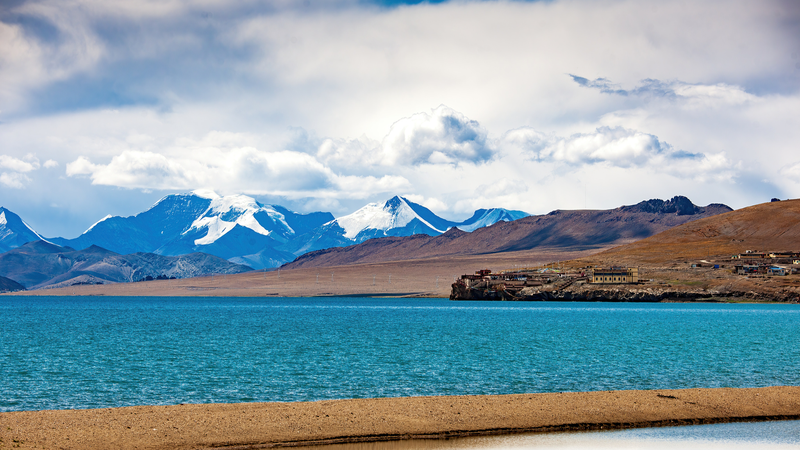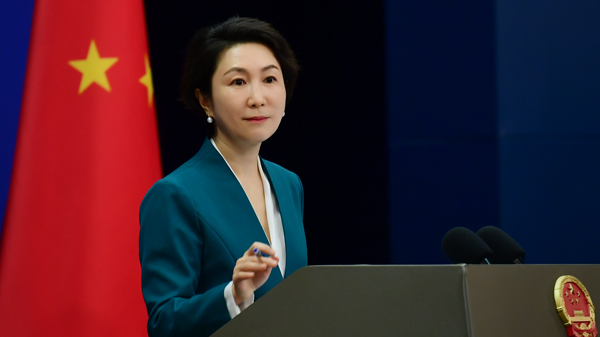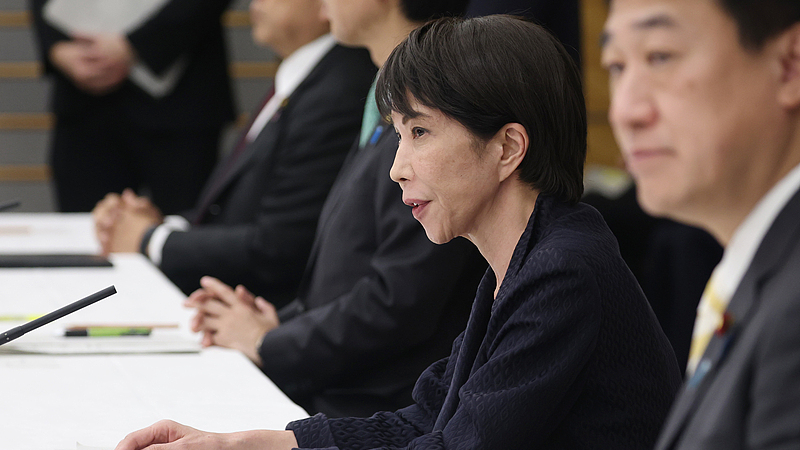Ever wondered how moisture behaves beneath the clouds on the roof of the world? Chinese scientists from the Northwest Institute of Eco-environment and Resources (NIEER) at the Chinese Academy of Sciences have just filled a major research gap by unlocking the mysteries of below-cloud evaporation on the Qinghai-Xizang Plateau 🌄💧.
Located in the Chinese mainland's western frontiers, the Qinghai-Xizang Plateau – often called the Third Pole – plays a huge role in feeding Asia's big rivers, like the Mekong, Ganges and Brahmaputra. Yet until now, we knew little about how much water evaporates back into the air just below the clouds after snow or rain. This process, known as below-cloud evaporation, affects everything from local farming in Nepal's high valleys to water supplies in Bangladesh's lowlands.
By setting up long-term observation sites right in the plateau's heart, researchers can now measure evaporation rates with precision. That means better models for predicting how melting glaciers and changing weather patterns will impact downstream communities – think rice paddies in Vietnam or tea fields in Sri Lanka 🍵.
Why it matters? As global temperatures rise, high-altitude hydrology responds in complex ways. More evaporation could mean less water reaching rivers; too little could change monsoon behavior. Understanding these dynamics helps policymakers and communities across South Asia and Southeast Asia adapt smarter, from building efficient irrigation systems to planning flood defenses.
This breakthrough isn't just about mountains and moisture – it's about securing a water-smart future for millions who depend on these mighty rivers. Stay tuned for more updates as scientists continue to map the hidden dance between clouds, mountains and our changing climate! 🌍🚀
Reference(s):
Study tracks below-cloud evaporation in Qinghai-Xizang Plateau
cgtn.com




